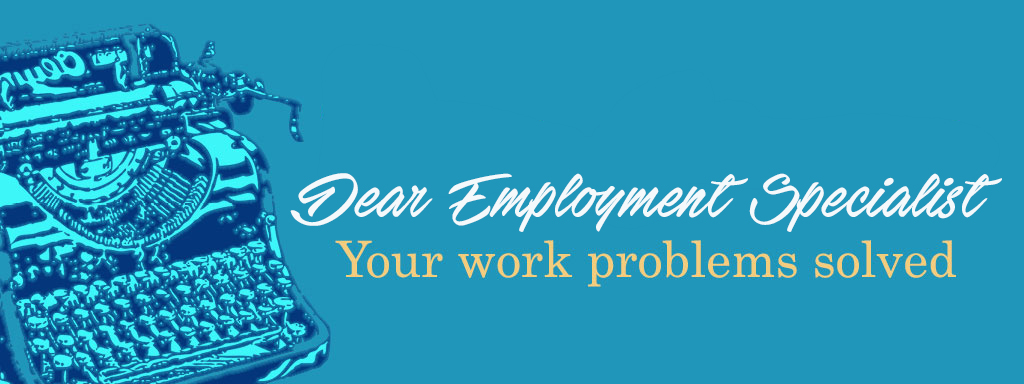I am applying for a Project Coordinator position at a real estate office that requires a minimum of five years experience in this type of work. I have over 20 years experience. How far back in my work history should I go on the resume? How do I present the dates of my experience on this document?
I’m afraid of being overqualified and age discrimination.
Signed: Overqualified and Too Old (OTO)
Dear OTO,
According to Susan Ireland on About Job Search.com, employers can usually tell your approximate age from the dates on a resume. Age discrimination is generally seen as unethical, and is illegal in many countries. Despite this, many employers tend to have an age range they think is ideal for a particular job, based on the skill level required, the ability to supervise or be supervised, salary expectations, amount of life experience needed, company culture, and other things, posits Ireland.
Both Ireland and Got Resume Builder provide some great tips for listing dates on your resume to avoid age discrimination:
1. Go back approximately 10 years.
As a general rule, you don’t need to go back more than 10 years; however, if it’s to your benefit, you may go back further. To help you decide how far back to go, ask yourself the following:
- How old do you want to appear on your resume?
- How relevant are your earlier positions to your job objective?
- How much experience is the employer asking for?
2. Present the dates simply (years only).
Using exact dates can clutter up a resume. Unless you are asked to provide exact dates (usually a feature only seen on online fill-in forms), use months and years. Employment dates expressed in years only is also acceptable and beneficial if you have short gaps in employment.
3. Don’t include the date in which you prepared the resume.
Not only is this unnecessary information, it dates your resume. You want a potential employer to feel like you have focused your resume on them specifically. If you date your resume, it could give away the fact that you’re really using a resume you’ve sent to hundreds of other employers.
4. You don’t necessarily have to include all your education dates.
You do not have to include your high school in your resume, if you graduated from any other post-secondary program. Unless you have recently graduated from high school, or if you have a college degree or advanced certificate, drop this education information from the resume. It’s assumed that you must have obtained a GED or high school diploma in order to progress on to this level.
Also, you are not necessarily expected to include any dates on your education. An exception for this might be that you did a course recently and are trying to either fill a gap on the resume, or show the employer that you have updated skills.
5. Consider Susan Ireland’s “Experience Plus Twenty” (EPT) formula for age discrimination.
Here’s a great way to understand how the dates on your resume create an impression of your age. Subtract the earliest work history date on your resume from today’s date (years only), add that to 20 (used as a ballpark figure for how old you might have been when you started working) to get a total of x, meaning that you are now at least x years old. For example, a resume written in 2013 with a work history that starts in 2000 tells the reader that the job seeker is at least 33 years old (13 years of experience + 20 = 33). Using the Experience Plus Twenty formula, Ireland suggests that you could craft your resume carefully, so that it only reveals dates that would lead the employer to deduce that you are within a specific age range for the job you want.
One caution, from JVS Employment Counsellors, though: Don’t leave useful experience off, as some employers (many of them, in fact) might value experience over youth.
6. Follow job posting requirements.
When the years of experience are specified in the job description as you mentioned in your question above, then I would write in the first bullet of the “Profile” or “Highlights of Qualifications” section: “Over five years of experience in program coordination in the non-profit sector”, for example. Remember that if you are applying online, many of the employers use the Applicant Tracking System (ATS). Make sure that your resume includes those “keywords” in the resume. I am sure that “five years experience” will be picked up by the ATS. You could also write “Experienced program coordinator in the non-profit sector” without indicating any timelines.
I would encourage you to book an appointment with one of our Employment Counsellors to make sure that you have a targeted and customized resume with the ATS keywords as well as a suitable cover letter.
Best wishes,




